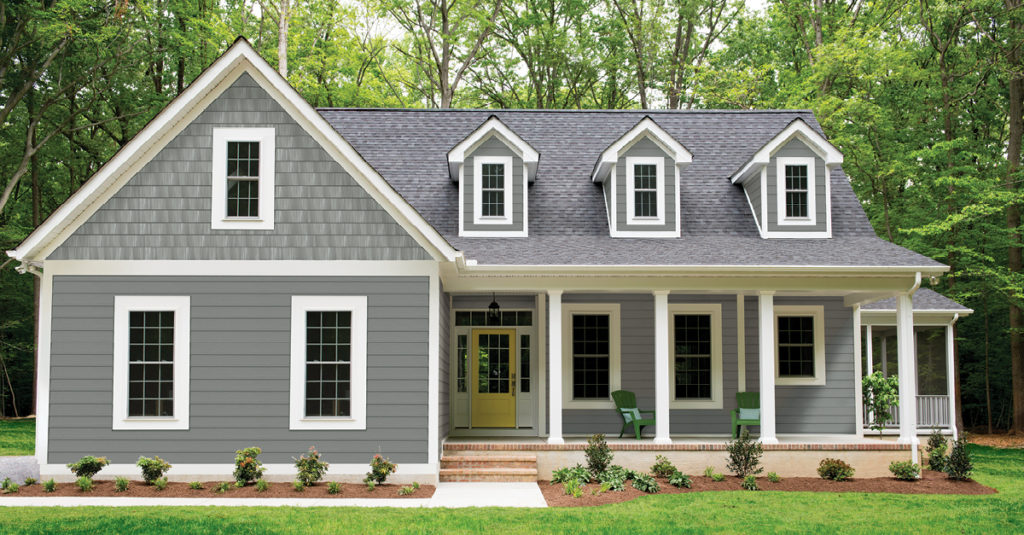
Appearance, durability and cost. Although not in any order of importance, those are the top three considerations to keep in mind when selecting the best siding for a house.
Siding on a house not only needs to look good for the home’s maximum curb appeal, it also must stand up to whatever Mother Nature may throw its way – in addition to backing the home’s overall return on investment.
With so many house siding styles available, determining which type of siding to use can be mind-numbing and time-consuming. Together, let’s cut through the clutter and determine the right siding for your needs.
Home Siding Ideas Consideration 1: Curb appeal
There is a vast array of siding choices for homes, but how do you know what siding is best or which is most durable? It all depends on the type of siding, its base material, maintenance and overall thickness. Here is a sample of some of the most popular kinds of siding available in the U.S.:
Vinyl – Vinyl siding, a versatile and popular choice for exterior cladding, composed primarily of polyvinyl chloride (PVC) resin, offers homeowners an array of benefits, ranging from its low maintenance requirements to its affordability, aesthetic appeal and durability.
With advancements in technology and design, vinyl siding comes in myriad colors, textures and profiles. Whether renovating an existing home or constructing a new one, vinyl siding is a reliable and attractive solution for protecting and enhancing the exterior of residential properties.
Vinyl siding, which can last 60+ years, comes in many textures and designs.
Wood – Wood siding is made from solid material or short scraps and offcuts glued together with finger joints. Many wood sidings are made from cedar, redwood or fir. It can take many forms such as sawn shingles, shakes, and clapboard and adapts to a wide range of architectural styles.
While beautiful, real wood requires routine upkeep and maintenance for long-term durability. Typically, wood siding lasts roughly 15 years before needing replacement.
Fiber Cement – Fiber cement may look like painted wood, but it is impervious to wood-boring insects and won’t rot. Fiber-cement siding is noncombustible. On the downside, it’s heavy and can become brittle. If properly maintained, fiber cement can last 100+ years.
Composite – Composite cladding can be made from an array of materials such as glass fibers, polymers, granite and polystyrenes. Its unique combination creates a strong, durable cladding that boasts first-rate performance. It delivers the architectural beauty of real cedar planks, but it never stains, rots or warps and doesn’t expand, regardless of weather conditions. One example would be ASCEND Composite Cladding.
Metal/Steel — Metal siding is durable, repels the hot sun and won’t be eaten by bugs.
Tin siding is the least expensive type of siding available, but other types of metal siding can get pricey depending on the type of metal you want. Lower-priced metal siding is often less durable and may need to be replaced after 15 years. Compare that to zinc, which is considerably more expensive but can last up to 70 years or more.
- Steel Constructed of galvanized steel and fused with a topcoat of PVC or PVDF (Kynar) for optimal performance, steel provides exceptional strength and impact resistance. Independently verified to withstand hurricane-force winds, it is a non-combustible product that meets even the most stringent building codes.
Curb Appeal and Profiles – The profile (design) of whichever siding material you choose should boil down to the home’s architecture and goal aesthetics. Consider some of these profiles:
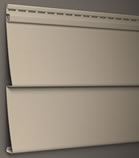 |
|
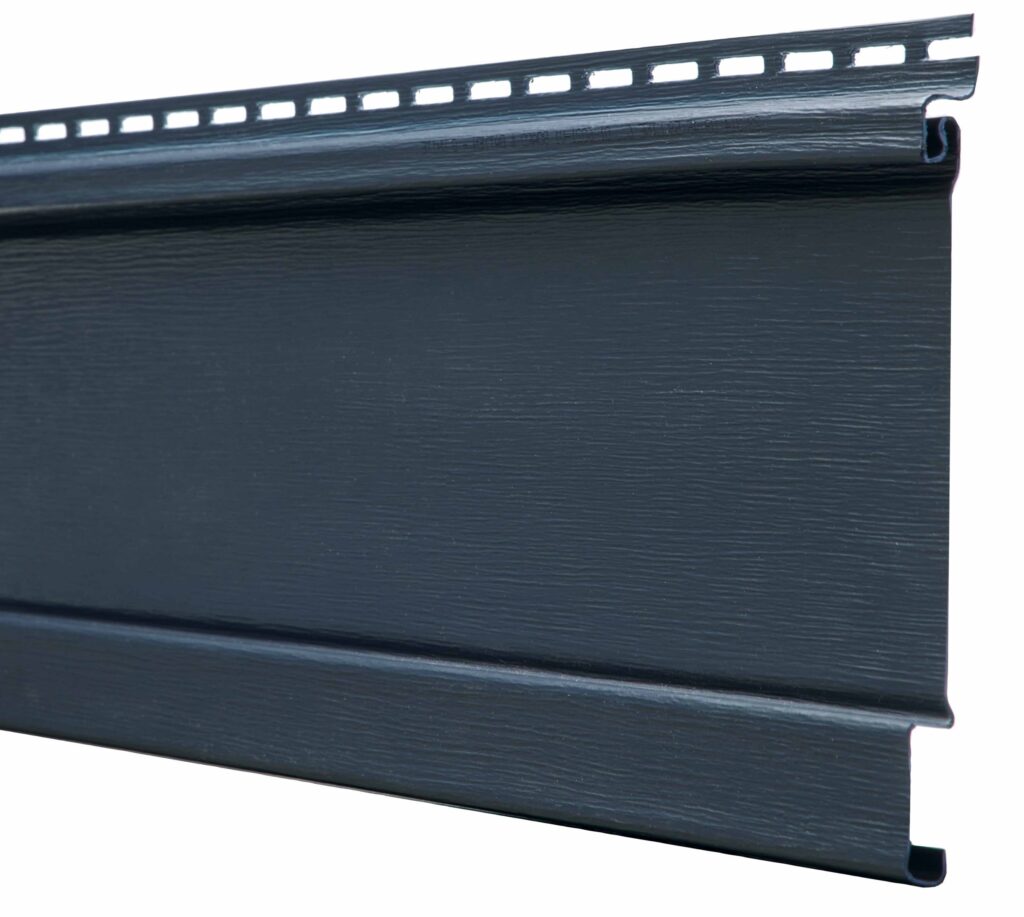 |
|
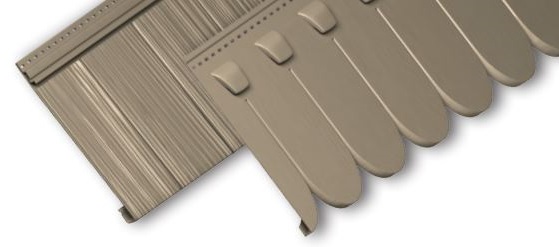 |
|
Home Siding Ideas Consideration 2: Climate durability and maintenance
Another top consideration is the durability of the siding. Will it stand up to harsh climates (extreme heat, bitter cold, desert dryness or monsoon rains) and what type of maintenance, cleaning or other upkeep is required to ensure the siding lasts decades or longer?
Climate
Factors such as temperature fluctuations, humidity, moisture and wind resistance all influence the choice of siding material.
- Temperature fluctuation: Extreme temperatures can cause siding materials to expand and contract, potentially leading to warping or cracking over time. It’s crucial to select a material that can handle your region’s temperature changes. That flexibility will help maintain its structural integrity.
- Humidity and moisture: Siding that resists moisture is essential, especially in humid or damp environments. Choosing a material that doesn’t rot, warp or foster mold and mildew growth is important for long-term durability.
- Wind and storm resistance: For homes in areas prone to strong winds or severe storms, selecting siding that can withstand these conditions is key. Consider materials that offer durability against high winds and impact to protect your home effectively
Cleaning and Maintenance
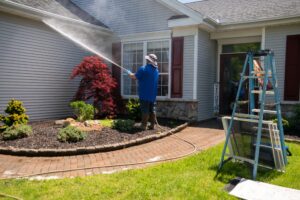
Maintaining a home’s siding, which includes cleaning, is crucial for its longevity and appearance. Siding, no matter the type, should be cleaned at least once a year to address possible mildew or grime. Power washing can damage the siding if done incorrectly, consider hiring an expert if you don’t have the correct tools and expertise.
During cleaning and maintenance, inspect for cracks, rot, loose boards or gaps. This is also the time to fill any cracks with sealant or caulk. Don’t forget to trim back the vegetation to at least three feet from the siding, as well.
Most composite or vinyl siding is low-maintenance and is usually cleaned by regular rainfall or with something as simple as spraying it with a garden hose. The best way to clean vinyl siding is to use a soft brush to remove more stubborn stains if needed.
Cleaning fiber cement siding is straightforward with the right tools: a gentle cloth, a soft brush, and a garden hose. Avoid harsh brushes or sponges that could damage the finish. Start by removing the surface dirt with a brush, then rinse with a hose. Always follow the siding’s grain. Finish with a thorough rinse using clean water.
Wood siding exudes timeless charm but requires special care. Keep an eye out for signs of rot or decay and address these issues promptly to preserve the wood siding’s beauty and lifespan. To keep wooden siding looking its best, clear loose dirt with a gentle brush or broom and use a mild detergent or wood cleaner per the manufacturer’s recommendations.
Home Siding Ideas Consideration 3: Cost and architectural style
The last, but certainly not least, consideration is to study what would highlight the home’s architectural style and the costs (think return on investment) associated with those siding options.
For example, a standard lap vinyl siding fits a variety of architectural styles including ranch and Craftsman style homes. Board and batten siding tends to create a coastal or farmhouse vibe and composite panel siding can create a clean, sleek look fitting for many modern and contemporary homes.
Typical siding materials vary in price from $5 per square foot to more than $40 per square foot. Some high-end cladding materials can cost much more. After brick and stone finishes, metal siding can rank as one of the costliest options for a home. Vinyl siding is the most popular material for new siding and is priced from low to high, depending mostly on the thickness and quality of the vinyl. Higher priced vinyl siding has less tendency to crack and buckle.
Navigating exterior siding choices for your home or project can be challenging but keeping these three considerations (Style, Durability and Cost) in mind can help.
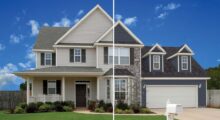 |
Be sure to use the Alside Visualizer to compare popular vinyl siding styles on your home and bring your vision to life. |